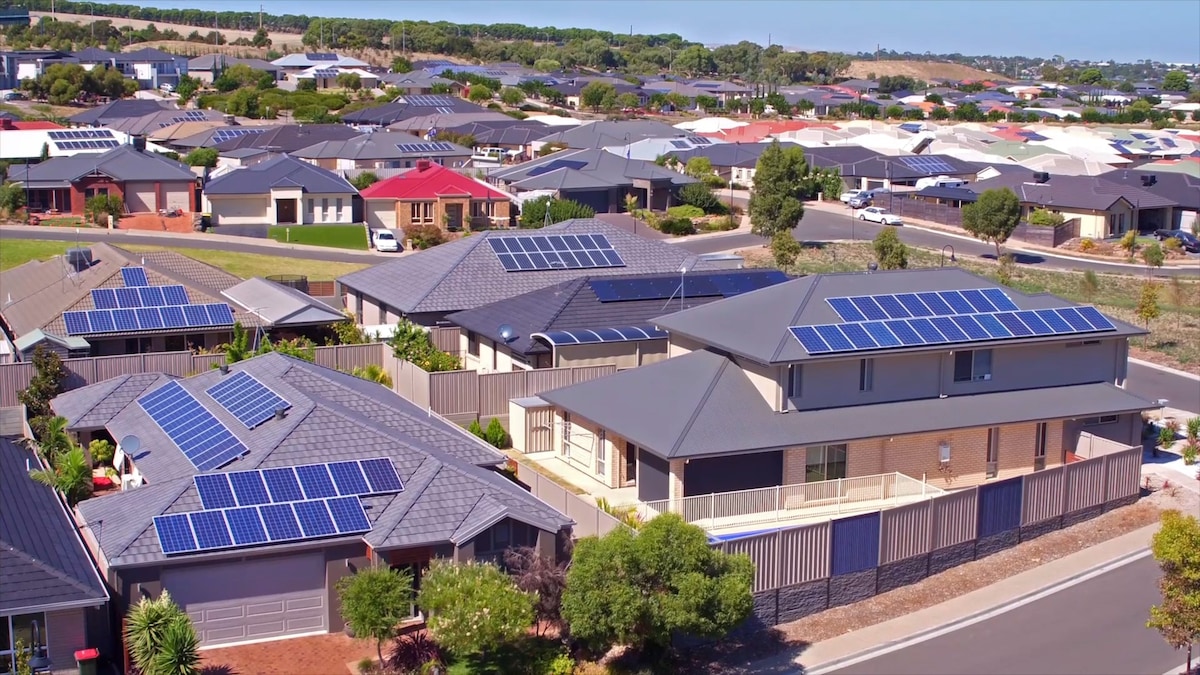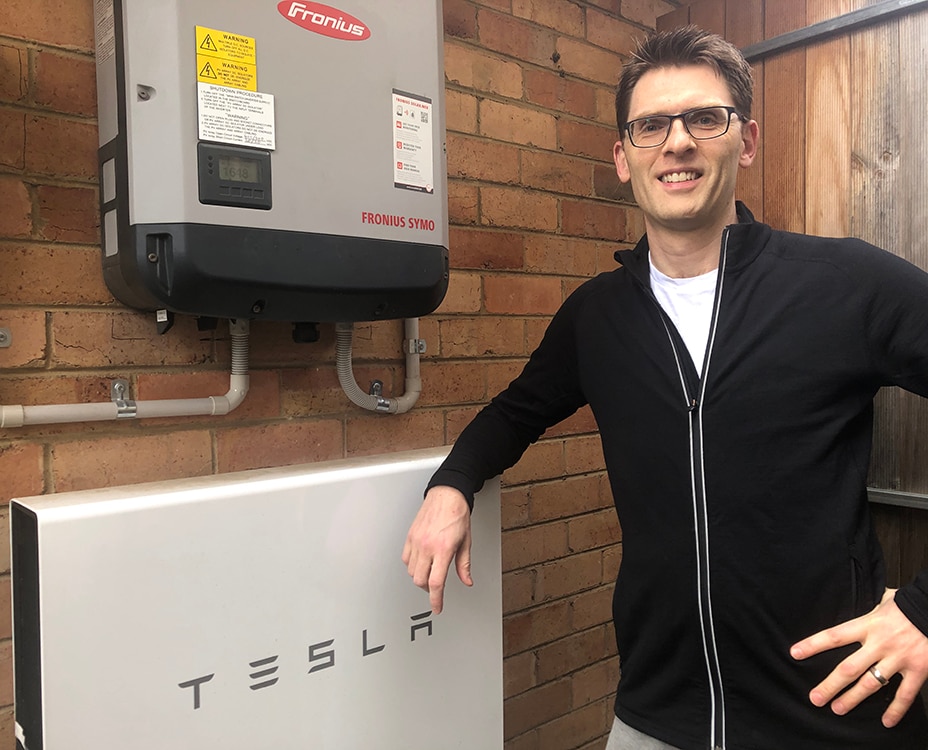Add a battery to a new system
If you want to add a battery to your solar setup, many older systems can’t connect or don’t generate enough power for it to be useful. So, if you want to gain all the benefits of saving your solar for use when the sun goes down, it might be time to upgrade.
“If you have a solar system but you’re consuming more energy at night, you would see the benefits from upgrading your system and adding a battery. Because you can store the power you generate during the day and use it later,” John says.
You can also choose to charge your battery when power is at its cheapest for use when demand (and prices) are at their peak.
Better visibility & cool tech
Newer solar and battery systems offer great monitoring capabilities so you can have good visibility over your power usage. This information can help you with your consumption habits so you can get even more out of your solar energy and home electrification changes.
“Older systems generally don’t have great apps so you can’t really dig into the details, whereas now, if you’re interested you can see everything on your phone,” James says.
You can sync your solar system and battery up to make the most of cheaper energy plans via apps too, so you’re more in control of what power you’re using and when.
Check your consumption & chat with an expert
Before you make any decisions, it’s best to do some research and chat with an expert to see how much power you actually need and if your current system is up to the task. If your energy consumption has increased over the years or you think it might in the future (hello, new EV?...) you may benefit from a more powerful setup.
“By checking your bills or looking at the AGL app, you’ll get a good idea how your solar system is functioning and if it’s still working for you,” John says.
You can consider having a technician assess whether your panels are operating efficiently. Then, you’ll have more information to help decide if it's time to upgrade to the next level of solar technology at home.



